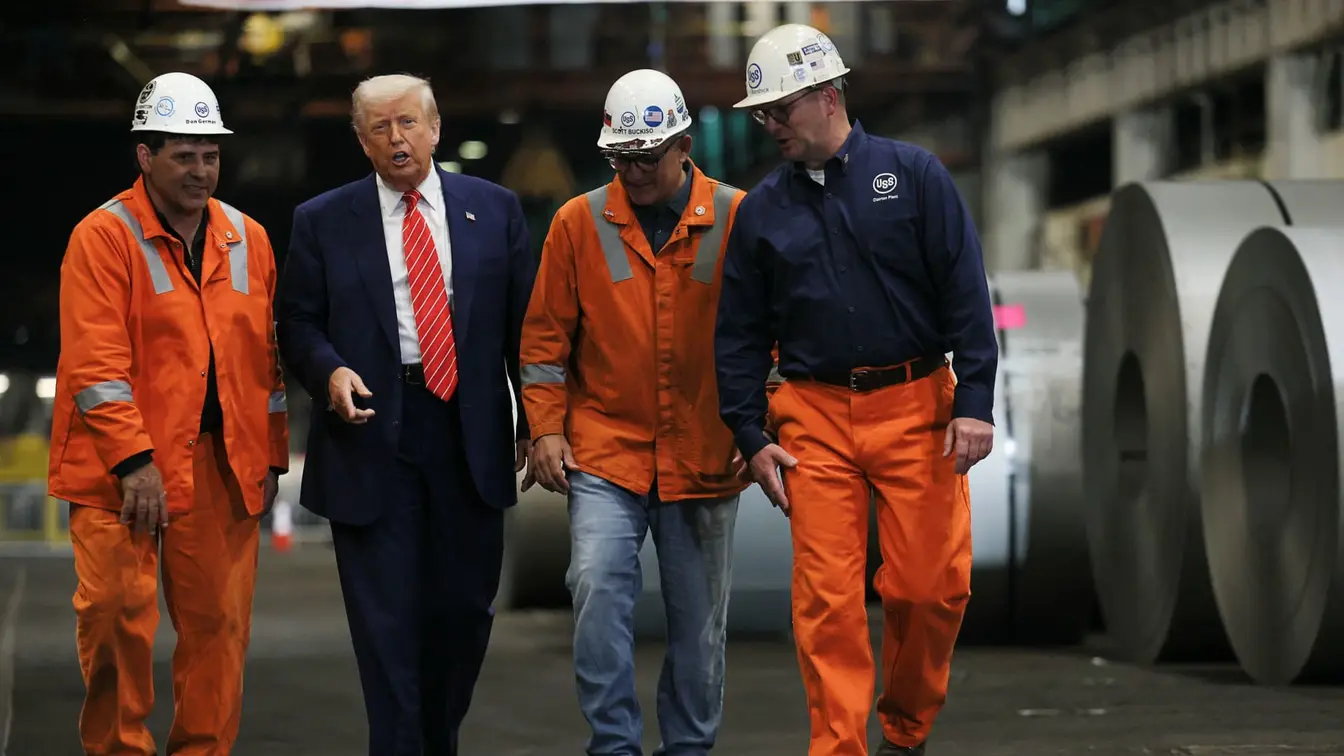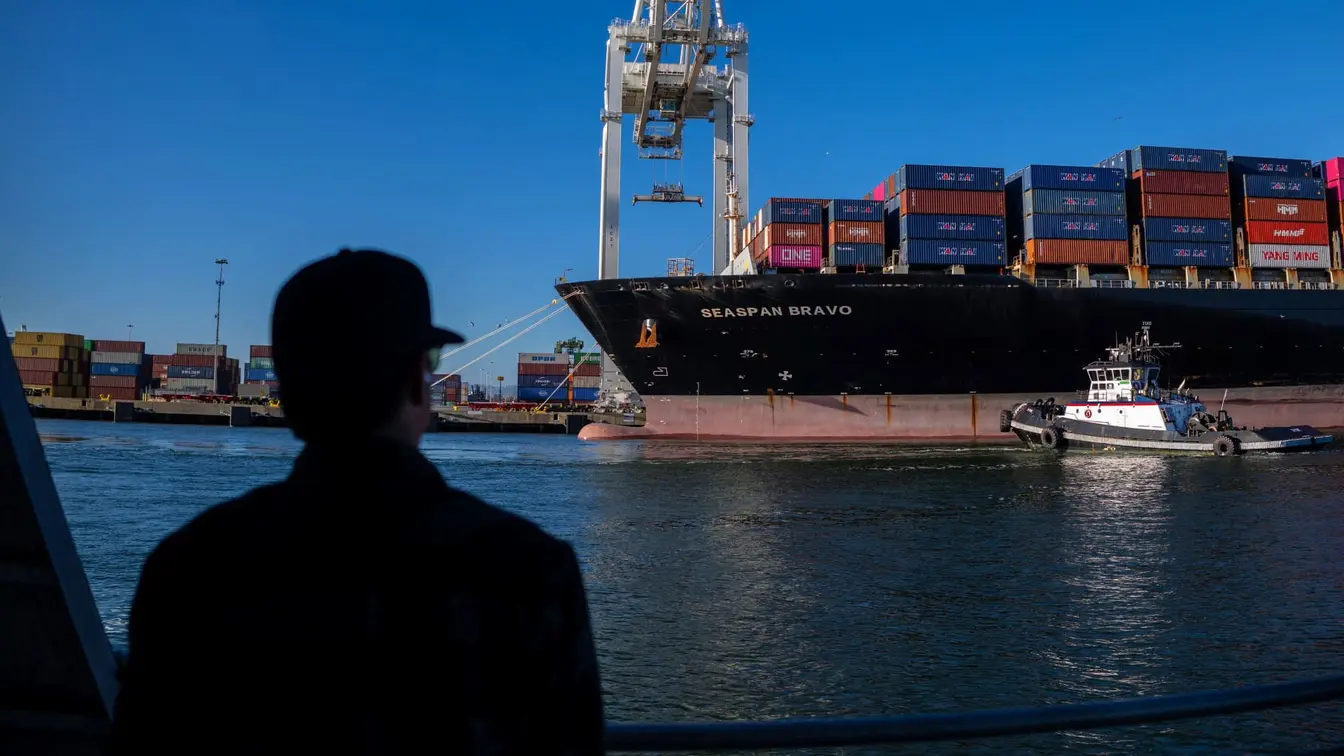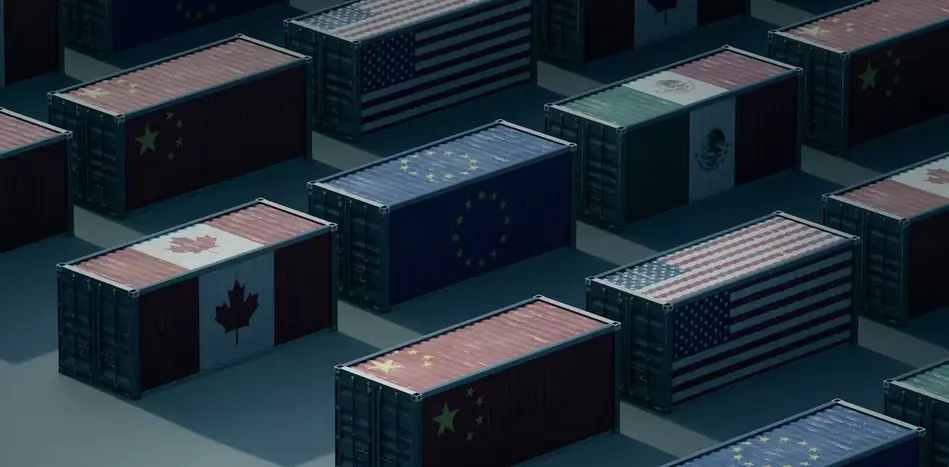T4K3.news
Tariffs Expand to 407 Goods
Hundreds of items now face a 50% tariff as steel and aluminum duties extend to 407 categories.

Hundreds of imported items face a 50% duty as the steel and aluminum tariffs expand to 407 categories.
Tariffs Reach 407 Goods Containing Steel and Aluminum
U.S. Customs and Border Protection and a division of the Commerce Department said on Friday that 407 categories of goods containing steel or aluminum will face the 50% tariff at 12:01 a.m. Eastern time on Monday. The move expands the tariff’s reach beyond products made mainly of steel or aluminum and adds new duties to items with mixed materials. Examples cited include butter knives, baby strollers, spray deodorants and fire extinguishers. Importers already with orders in transit face a tough choice: accept higher duties or delay unloading and risk losses, potentially tying up capital and disrupting delivery schedules.
Analysts say the higher duties will ripple through the manufacturing chain, lifting costs in sectors such as construction, automotive and electronics. The change is framed as supporting domestic steel and aluminum industries, a goal echoed by Under Secretary of Commerce for Industry and Security Jeffrey Kessler. Still, businesses may not be able to pass the entire cost to consumers, and margins could take a hit if suppliers and customers push back. The overall impact will depend on how quickly supply chains adjust and on how policymakers respond in the coming weeks.
Key Takeaways
"Today's action expands the reach of the steel and aluminum tariffs and shuts down avenues for circumvention, supporting the continued revitalization of the American steel and aluminum industries."
official statement
"will likely ripple through the manufacturing supply chain, raising production costs across construction, automotive, and electronics sectors"
analyst note
Taken together, the move tests the balance between protecting domestic producers and keeping prices stable for consumers. If tariffs push up costs, companies may absorb some of the burden, slow hiring, or delay projects. The real question is how lawmakers and the market will respond in the weeks ahead. A rushed escalation can fuel inflation fears, while measured steps may calm nerves. The episode shows how quickly policy can reshape a complex web of suppliers and buyers.
Highlights
- Tariffs hit the factory floor before they hit the street
- Supply chains bend, prices follow
- Policy that travels through shelves and wallets
- The cost climb starts with the labels on boxes
Tariffs raise budget and political risk
The expansion of duties touches budgets, business planning, and public reaction. It heightens political sensitivity and could invite backlash from importers and consumers alike.
Markets will judge the impact by prices and supply chain stability as weeks unfold.
Enjoyed this? Let your friends know!
Related News

Tariffs expanded to 407 more products

Tariffs expand to 400 categories

U.S. trade deficit falls to lowest level in two years

New tariffs introduced by US government

Export policy sparks legal debate

EU stalls trade statement over digital rules language

Trump imposes 25% tariffs on imported cars

Diageo reports a 28% decline in profits amid new tariff challenges
